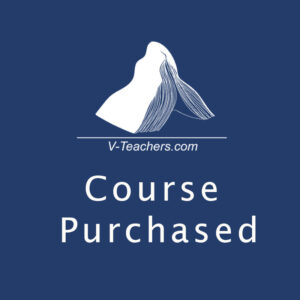Mathematics, Grade 9, De-streamed
Course Specifications
Course Title: Mathematics, Grade 9, De-streamed
Ministry Course Code: MTH1W
Prerequisite: None
Credit Value: 1.0
Curriculum Guideline Source: Ontario Ministry of Education Curriculum and Resources, Mathematics Grade 9, 2020-21
Department: Mathematics
Course Description
This course enables students to consolidate, and continue to develop, an understanding of mathematical concepts related to number sense and operations, algebra, measurement, geometry, data, probability, and financial literacy. Students will use mathematical processes, mathematical modelling, and coding to make sense of the mathematics they are learning and to apply their understanding to culturally responsive and relevant real-world situations. Students will continue to enhance their mathematical reasoning skills, including proportional reasoning, spatial reasoning, and algebraic reasoning, as they solve problems and communicate their thinking.
$295.00
Ontario Secondary School Credit
Ontario Certified Teachers
Language of instruction: English
Regular Teacher Contact
Sequenced Lessons
Recorded Video Lessons
e-Resources
Mathematical process expectations. The grade 9 course adopts a strong focus on the processes that best enable students to understand mathematical concepts and learn related skills.
Problem Solving
- develop, select, apply, and compare a variety of problem-solving strategies as they pose and solve problems and conduct investigations, to help deepen their mathematical understanding;
Reasoning and Proving
- develop and apply reasoning skills (e.g., recognition of relationships, generalization through inductive reasoning, use of counter-examples) to make mathematical conjectures, assess conjectures, and justify conclusions, and plan and construct organized mathematical arguments;
Reflecting
- demonstrate that they are reflecting on and monitoring their thinking to help clarify their understanding as they complete an investigation or solve a problem (e.g., by assessing the effectiveness of strategies and processes used, by proposing alternative approaches, by judging the reasonableness of results, by verifying solutions);
Connecting
- make connections among mathematical concepts and procedures, and relate mathematical ideas to situations or phenomena drawn from other contexts (e.g., other curriculum areas, daily life, current events, art and culture, sports);
Communicating
- communicate mathematical thinking orally, visually, and in writing, using mathematical vocabulary and a variety of appropriate representations, and observing mathematical conventions.
Representing
- create a variety of representations of mathematical ideas (e.g., numeric, geometric, algebraic, graphical, pictorial representations; onscreen dynamic representations), connect and compare them, and select and apply the appropriate representations to solve problems;
Selecting Tools and Computational Strategies
- select and use a variety of concrete, visual, and electronic learning tools and appropriate computational strategies to investigate mathematical ideas and to solve problems;

